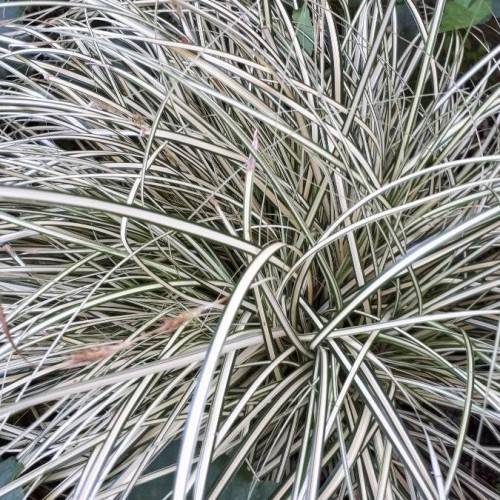
Bulbous Oatgrass
Arrhenatherum elatius subsp. bulbosum
Watering:
Frequent
Hardiness Zone:
Flowers:
Flowers
Sun:
Sun
Soil:
Sand
Leaf:
Yes
Growth Rate:
Low
Drought Tolerant:
Yes
Salt Tolerant:
Yes
watering
Tuberous Indian Plantain (Arnoglossum plantagineum) should be watered on a regular basis during its growing season, which begins in early spring and lasts until late fall. Water the plant so that the soil is evenly moist but not soggy, allowing the top 1 to 2 inches of soil to dry out between waterings. Water deeply to provide the tuberous rhizomes with moisture several inches below the soil surface. During winter, reduce watering to allow the plant to go dormant. This plant does not require much water except during its active growing period.
sunlight
The Tuberous Indian Plantain (Arnoglossum plantagineum) needs moderate to good amounts of sunlight for photosynthesis, meaning that it requires 5-7 hours of direct sunlight daily. This species will benefit from additional indirect sunlight if available. Prolonged exposure to direct sunlight may lead to sunburn and leaf scorching, so provide protection from particularly strong sun during the hottest parts of the day. The best time to plant this species is during spring when the temperatures are warming up and there is more sunlight available.
pruning
Tuberous Indian Plantain (Arnoglossum plantagineum) should be pruned in late spring or early summer, after any danger of frost has passed. Pruning involves removing dead or damaged stems and any stems that have grown outside the desired shape and size of the plant. Prune the plant back by 1-third to 1-half of its natural size. This will help promote new growth and maintain a healthy and attractive growth habit.
